Bela Lugosi

Actor
Birth Date: October 20, 1882
Death Date: August 16, 1956 — 73 years old
Birth Place: Lugos, Austria-Hungary
Though he achieved a great deal of fame for playing Count Dracula both on stage and on the screen, actor Bela Lugosi suffered a lifetime of being typecast as a horror villain or mad scientist - a problem that was only exacerbated by a serious morphine addiction later in his career. Lugosi started making movies in his native Hungary and moved on to German productions before finally landing in the United States.
After a number of supporting roles, he was the lead in a highly successful stage production of "Dracula" (1927) in New York, which eventually led to him starring in the 1931 film adaptation. "Dracula" became a box office hit and propelled the thickly accented Lugosi into a number of horror movies, including "White Zombie" (1932), "The Black Cat" (1934) and "The Raven" (1935). Almost immediately, he recognized the danger of being typecast, but failed to break free of the confines of horror despite his best efforts.
Even an acclaimed performance in the comedy "Ninotchka" (1939) written by Billy Wilder did nothing to shake convention. He spent the 1940s in a string of mediocre B-flicks while growing increasingly dependant on morphine, only to be briefly rescued from obscurity by notorious filmmaker, Ed Wood, who cast him in "Glen or Glenda" (1953) and "Bride of the Monster" (1955), widely cited as two of the worst movies ever made. Despite an ignominious end to his life and career, Lugosi was nonetheless instrumental in bringing the horror genre to prominence - an influence felt well into the next century.
Born Béla Ferenc Dezsö Blaskó on Oct. 20, 1882 in Lugos, Hungary, Lugosi was raised by his father, Istvan, a banker, and his mother, Paula, both of whom reared their children in a Roman Catholic home. At 12 years old, he dropped out of school and by his early twenties, began acting in small roles for provincial theater.
In 1911, Lugosi appeared in a number of stage productions and was a member of the National Theatre of Hungary, for whom he performed a variety of small and supporting roles. When World War I broke out, Lugosi joined the fight as a lieutenant in the Austro-Hungarian Army and was wounded on the Russian front after rising to captain, serving from 1914-16. Three years later, he fled his homeland during the Hungarian Revolution - a short-lived period where Communism took root after the war - and found his way first to Austria and then German, where he continued to act.
In 1921, Lugosi intended to immigrate to the United States via New Orleans, but instead found himself entering the country through Ellis Island in New York that March. When he first arrived, Lugosi worked as a laborer before he returned to the stage in the immigrant Hungarian community, making his U.S. stage debut in "The Red Poppy" (1922) while forming the Hungarian Repertory Theatre that same year. After making his American film debut in "The Silent Command" (1923), Lugosi appeared in a number of stage productions, including a long run in "The Devil in the Cheese," before tackling his most memorable role.
He made his first appearance as "Dracula" in a popular 1927 stage production in New York, playing the part for over 260 performances before Hollywood began offering him film roles - namely character spots in pictures like "How to Handle Women" (1928) and "Woman of All Nations" (1931). Though not the first choice of director Tod Browning, Lugosi went on to reprise his stage role for the feature adaptation of "Dracula" (1931), which originally had Lon Chaney slotted to play the vampire until he died of a throat hemorrhage.
Nonetheless, Lugosi made an indelible mark as Count Dracula, with his macabre appearance, strikingly theatrical performance style, and thick Hungarian accent making him the very incarnation of evil. Though at first the studio was nervous about audiences accepting a supernatural thriller, Universal Pictures was thrilled when "Dracula" became a huge box office hit, paving the way for such other horror classics as "Frankenstein" (1931), "The Mummy" (1932) and "The Invisible Man" (1933). Meanwhile, Lugosi hit the peak of his fame with starring roles in "White Zombie" (1932), "Murders in the Rue Morgue" (1932) and "The Black Cat" (1934), though he was typically typecast as a horror villain - a dilemma that plagued him for the rest of his career.
He tried in vain to establish himself in other genres, but often lost roles to other actors that may well have helped him branch out. For a number of films, including "The Raven" (1935), "The Invisible Ray" (1936), "Son of Frankenstein" (1939) and "Black Friday" (1940), Lugosi was paired with another horror giant, Boris Karloff, though he typically received second billing below the British star. Though reportedly he resented Karloff's success, particularly in genres outside science fiction and horror, Lugosi settled into an amicable working relationship with the actor.
Lugosi's fine supporting turn as the stern commissar in the Greta Garbo vehicle "Ninotchka" (1939) showed that he could play outside the horror and mystery genres, but his career degenerated in the 1940s despite his best efforts to break free of the mold that had been cast for him. Throughout the decade, Lugosi played a variety of killers and mad scientist roles in lackluster B flicks like "The Corpse Vanishes" (1942), "The Ape Man" (1943), "The Return of the Vampire" (1944) and "Zombies on Broadway" (1945).
During this time, Lugosi's career slide went hand-in-hand with an increasing addiction to morphine due to his injuries suffered in World War I. He made his final studio film with "Abbott and Costello Meet Frankenstein" (1948), in which he recreated Dracula alongside Lon Chaney, Jr. as the Wolf Man and Glenn Strange as Frankenstein's Monster. Lugosi returned to the stage for the remainder of the decade, often recreating his role in "Dracula" or performing in "Arsenic and Old Lace." After returning from a six-month tour of England as Count Dracula in 1951, he starred in the low-budget horror comedy, "Bela Lugosi Meets a Brooklyn Gorilla" (1952).
At this point in his life and career, Lugosi had hit rock bottom. Heavily addicted to morphine and living in near-poverty, he was briefly rescued by wide-eyed filmmaker Ed Wood, a longtime fan of Lugosi's who nonetheless became notorious for being the worst filmmaker of all time. Wood cast Lugosi in his cross-dressing exploitation film "Glen or Glenda" (1953) as a scientist who narrates the story of a man (Wood) who becomes interested in transexuality - often considered a semi-autobiographical take on Wood's own penchant for cross-dressing.
Lugosi next starred as a mad scientist in Wood's "Bride of the Monster" (1955), which turned out to be the actor's last speaking role. During post-production, Lugosi decided to enter a drug rehabilitation center and managed to wrest himself from his addictions. But his victory failed to last. Following a role as a mute in "The Black Sheep" (1956), Lugosi died on Aug. 16, 1956 of a heart attack while lying on his couch in Los Angeles. He was 73. Prior to his death, Lugosi shot test footage of him wearing one of his Dracula capes in a graveyard. Ed Wood later crammed the footage into the notorious "Plan 9 from Outer Space" (1959), widely considered to be the worst movie ever made.
Expand Bio▼Credits

Extraordinary Tales

The Best Show in Town

The World of Abbott and Costello
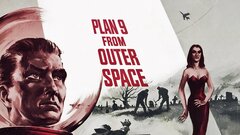
Plan 9 From Outer SpaceStream

The Black Sleep

Bride of the Monster
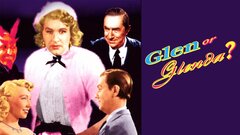
Glen or GlendaStream

Vampire Over London

My Son, the Vampire

Bela Lugosi Meets a Brooklyn Gorilla

Mother Riley Meets the Vampire

Old Mother Riley Meets the Vampire

The S.S. Holiday
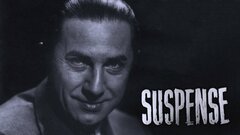
SuspenseStream

Lock Your Doors
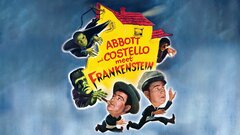
Abbott and Costello Meet FrankensteinStream

Scared to Death

Genius at Work

The Body SnatcherStream
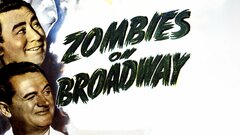
Zombies on Broadway

Voodoo Man

One Body Too Many

Return of the Ape Man

Hollywood in Uniform

Ghosts on the Loose

The Return of the Vampire

Frankenstein Meets the Wolfman

The Ape Man
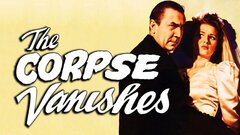
The Corpse VanishesStream
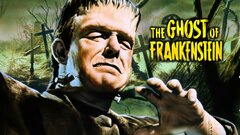
The Ghost of FrankensteinStream

Night Monster

SOS Coast Guard
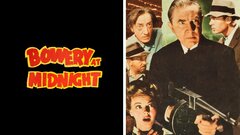
Bowery at MidnightStream

Black Dragons
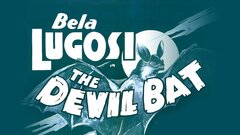
The Devil BatStream

The Invisible Ghost

Spooks Run Wild
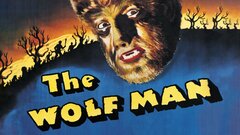
The Wolf ManStream

The Black Cat
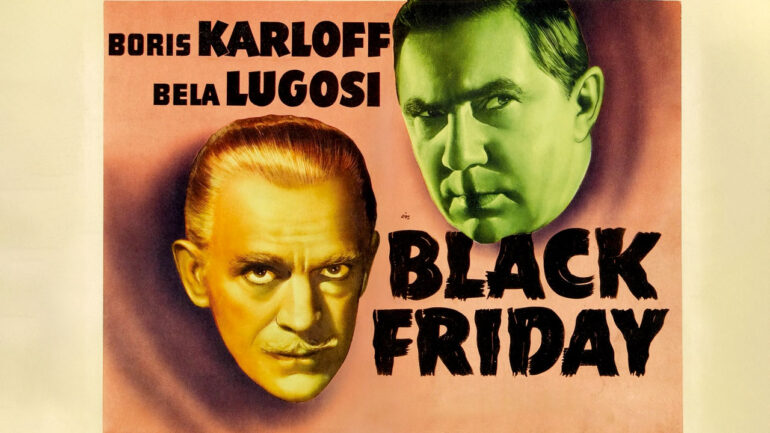
Black Friday
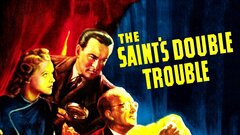
The Saint's Double Trouble
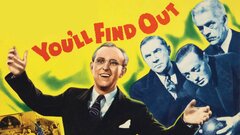
You'll Find OutStream

Phantom Creeps

The Gorilla
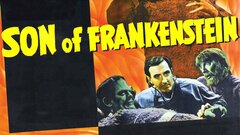
Son of FrankensteinStream

The Phantom Creeps
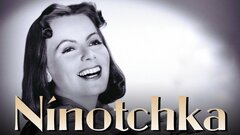
NinotchkaStream

The Human Monster

S.O.S. Coast Guard

SOS Coast Guard

Shadow of Chinatown
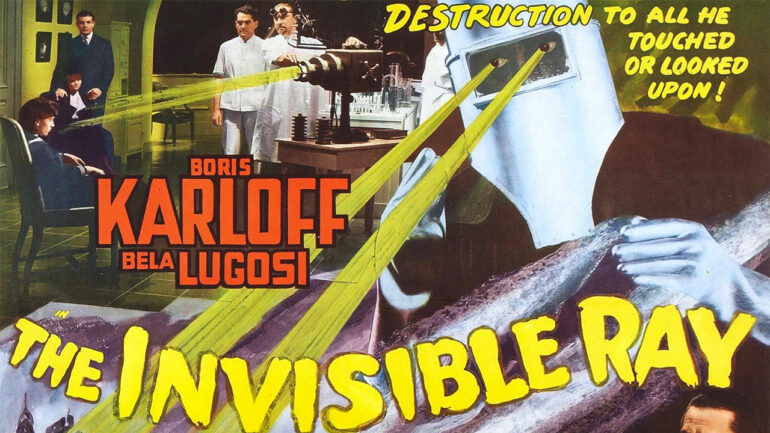
Invisible RayStream

Shadow of Chinatown

Postal Inspector

Murder by Television

The Raven

Phantom Ship

Mysterious Mr. Wong
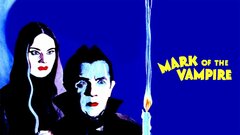
Mark of the VampireStream

Chandu on the Magic Island

The Return of Chandu
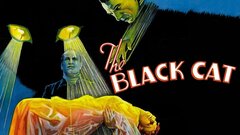
The Black CatStream

The Return of Chandu

The Whispering Shadow

The Whispering Shadow

The Death Kiss

Night of Terror
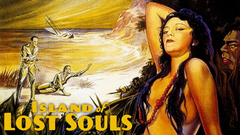
Island of Lost Souls

White Zombie
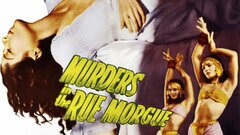
Murders in the Rue MorgueStream

Chandu, the Magician

Chandu

Women of All Nations

The Black Camel

Fifty Million Frenchmen
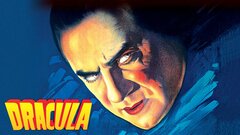
DraculaStream

Broadminded

The Thirteenth Chair

The Midnight Girl







![MURDERS IN THE RUE MORGUE, Sidney Fox, Leon Waycoff [Ames], Charles Gemora, Bela Lugosi, Bert Roach, 1932, gorilla](https://media.baselineresearch.com/images/434283/434283_small.jpg)



























































































































































































































































































































































